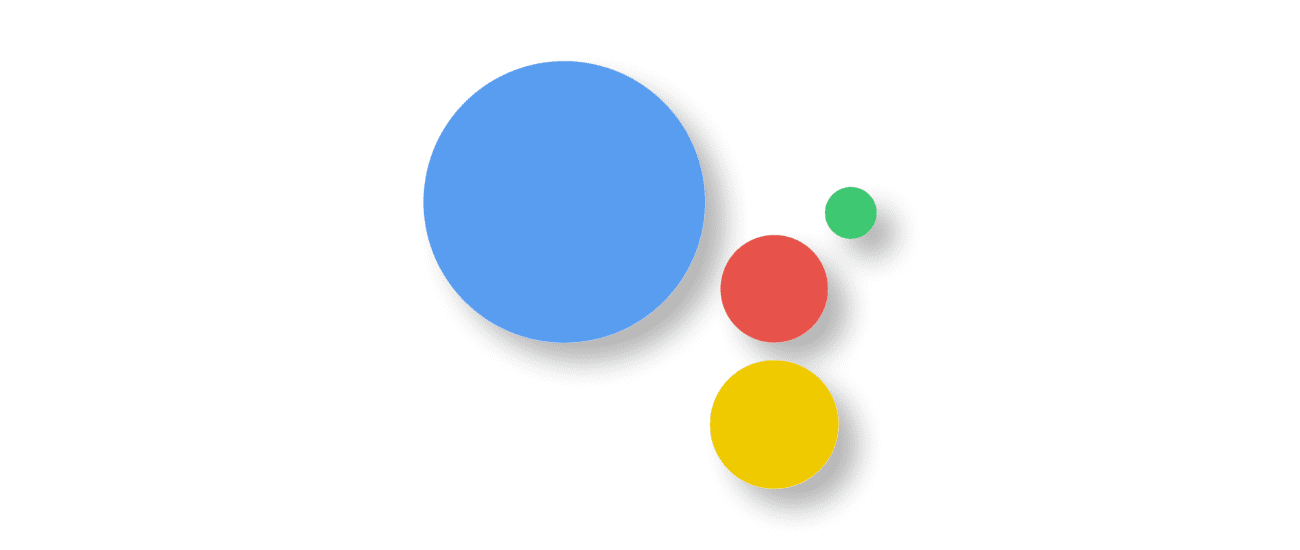
This afternoon at Google’s 2019 I/O Keynote, many interesting things were highlighted and discussed, but one of the most jaw-dropping examples of Google’s current work was the news surrounding the next generation of the Google Assistant. With this next-gen Assistant, Google is set to fundamentally change the way we interact with our devices using our voices.
The main difference? Google has brought all the formerly cloud-based Assistant machine learning models down from the cloud and fused them locally onto your device. Through breakthroughs in voice recognition and deep learning, Google has managed to shrink down the once-giant 100GB voice models needed to work with Google Assistant down to half a GB (or roughly 500MB) so that they can be stored locally on mobile devices like phones and Chromebooks.
What this means is a significant increase in speed when talking to the Assistant and moving through voice-activated tasks and commands. It means that the Next Generation Google Assistant can process your speech and move to act just as quick as you could reach out and touch your phone. In the example on stage, the young lady giving the demo rattled off command after command to the Google Assistant and it responded by doing each and every thing asked in rapid succession without pausing to think in between.
Additionally, the Assistant continued listening throughout the rapid-fire commands and different interactions, allowing the demo to move from task to task with little effort. We see the continued conversation feature on Google Home devices, but it is nothing like what we’re seeing in this demo due to the language processing happening on-device versus in the cloud. Since the Assistant is able to parse the queries and take action so much faster in this demo, the continued listening makes the interaction much more fluid and conversational compared with the way we speak to the Assistant on our devices currently.
Finally, the demo showed off email composition which allowed for a seamless experience creating an email body, populating a subject, and sending the email. No extra “OK Google’s” were needed and the Assistant understood where to place the subject and when to send out the message. Even more impressive was the ability for the Assistant to automatically add punctuation to the spoken text; a feature I’ve eagerly been waiting for.
Overall, this much faster, much more nimble version of the Assistant looks like a giant step forward for usability and attraction to voice-activated activities on mobile devices. As it stands now, voice assistants still feel a bit half-baked and only useful in a handful of scenarios.
If Google can deliver this Next Generation Google Assistant in a way that behaves like this demo did on stage today, I think we’re in for a bit of a revolution in how we go about interacting with our devices using only our voices.

Leave a Reply
You must be logged in to post a comment.